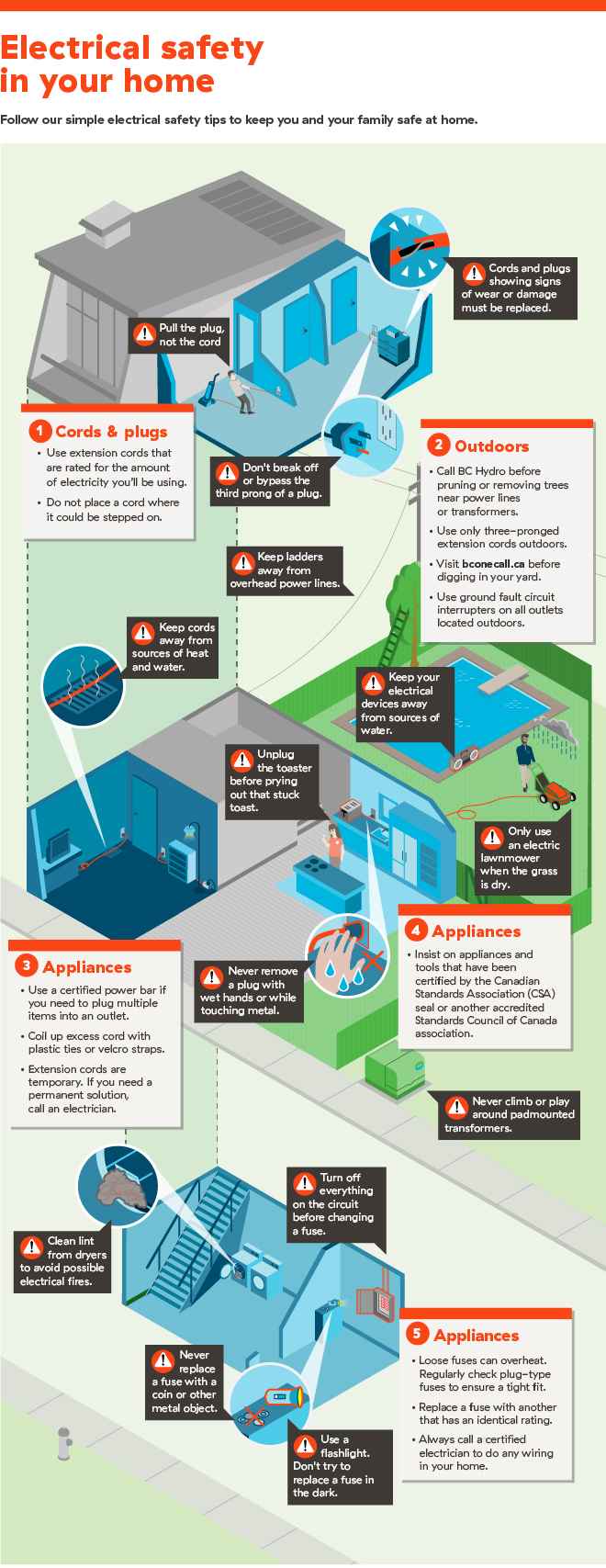Look For Critical Indicators That Show Your Tree Might Be Harmful; Understanding These Can Secure Your Residential Property And Enjoyed Ones. What Should You Watch For Next?
Look For Critical Indicators That Show Your Tree Might Be Harmful; Understanding These Can Secure Your Residential Property And Enjoyed Ones. What Should You Watch For Next?
Blog Article
Created By-Velling Skovsgaard
When it concerns tree care, identifying the indications that it's time for elimination is crucial for your safety and residential or commercial property. You may see stained fallen leaves, wilting branches, or odd fungal growths indicating health problems. Architectural issues, like a substantial lean or splits in the trunk, can also pose threats. Recognizing these warning signs can help you make notified decisions regarding your trees and avoid prospective hazards lurking in your lawn. What should you look for next?
Indications of Decay and Disease
When you see indicators of degeneration and disease in your trees, it's essential to act quickly. Look for blemished fallen leaves, wilting branches, or unusual developments like fungus. These can suggest that your tree is battling.
If you see splits in the bark or soft, mushy wood, these signs recommend inner degeneration. In addition, an unexpected boost in insects around your tree can signal that it's compromised and at risk.
Look for any type of dead or dying limbs, as they pose a threat to your residential or commercial property and safety and security. If you're uncertain concerning what you see, speaking with an arborist can give clearness.
Dealing with these signs early can save you from much more substantial damage and make sure the health and wellness of your yard. Don't wait till it's too late.
Structural Instability and Leaning
As you observe your trees, watch out for any type of signs of architectural instability or leaning. If a tree leans dramatically, it might show that the root system is jeopardized.
Seek any kind of fractures in the trunk or soil around the base; these can signify prospective failing. Furthermore, look for uncommon development patterns, like an uneven crown, which might suggest that the tree is having a hard time to hold itself upright.
If you observe that the tree favors your home, power lines, or various other structures, it presents a higher danger. Don't ignore these indications-- consult an arborist to analyze the circumstance.
Taking action early can protect against pricey damages and ensure your safety and security.
Dead or Perishing Branches and Foliage
If you discover dead or passing away branches and foliage on your tree, it's a clear sign that something's wrong.
These undesirable areas can suggest underlying problems like disease, bug invasions, or environmental stress and anxiety. When branches shed their leaves or transform brown, they're no longer adding to the tree's health. Ignoring visit the site could result in additional decrease, making your tree extra hazardous.
Dead branches can conveniently break short throughout tornados, posturing a threat to residential or commercial property and people nearby. https://en.gravatar.com/precisiontimberfelling to analyze the degree of the damages.
If the issue impacts a considerable part of the tree, consider seeking advice from a professional. They can assist identify if removal is needed to guarantee security and keep the beauty of your landscape.
Conclusion
If you see any kind of indications of decay, architectural instability, or dead branches on your trees, don't ignore them. These indicators can posture significant security risks to you and your home. It's constantly best to consult a specialist arborist who can offer a professional analysis of your trees. Doing something about it early can avoid mishaps and costly damages, ensuring your landscape remains secure and healthy and balanced. Keep in mind, it's far better to be positive concerning tree care than to await a catastrophe to take place.
